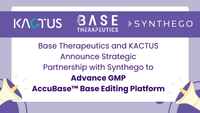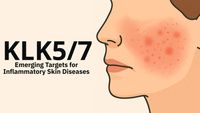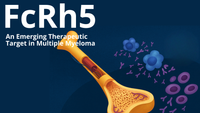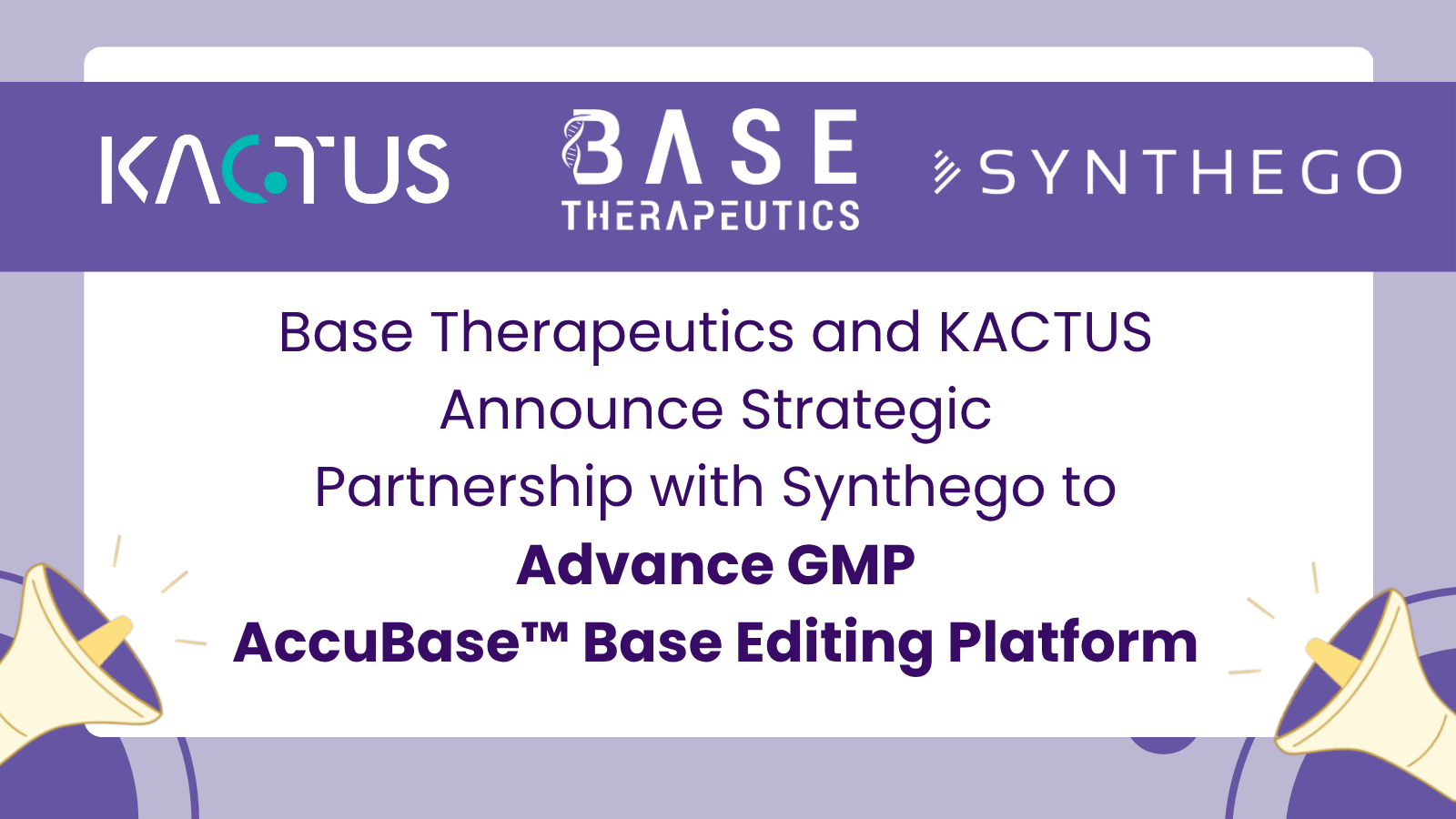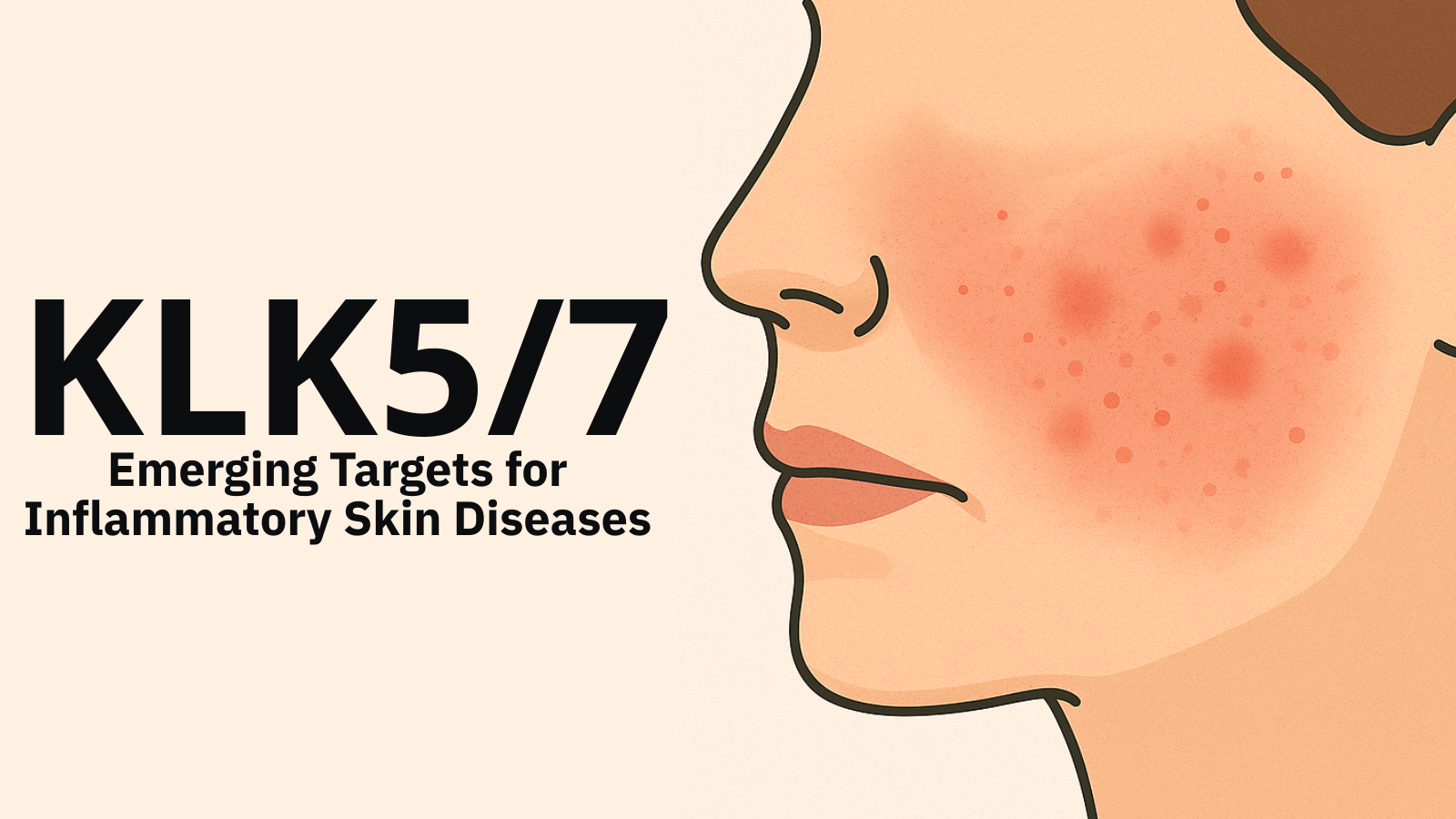Emerging New Therapeutic Targets for Obesity
By Mallory Griffin
Obesity is increasingly undermining human health.
Obesity, a chronic metabolic disease, has significantly impacted the health and quality of life for countless individuals. According to the 2024 World Obesity Report, the global prevalence of obesity is steadily increasing. Projections indicate over half of the world's population will be classified as overweight by 2035 [1]. Alarmingly, this trend is growing and increasingly affecting younger populations at an accelerating rate [2].

Obesity is an independent risk factor for numerous chronic conditions, including diabetes, hypertension, cardiovascular disease, and obstructive sleep apnea syndrome. Addressing obesity has become a persistent challenge in medical research. Peptide-based weight-loss drugs, such as GLP-1R agonists and GLP-1R/GIPR dual receptor agonists, have gained widespread use. However, these treatments face challenges with adherence and side effects like nausea, vomiting, headaches, and fatigue. Additionally, many patients experience substantial weight rebound once discontinuing the medication. Consequently, treatment strategies are shifting toward alternative therapeutic targets.
Therapeutic Targets Related to Obesity
Activin RII
Activin RII (Activin Type 2 Receptor) is a receptor expressed on the surface of many somatic cells, including muscle and fat cells. Belonging to the TGF-β receptor family, it serves as a downstream receptor for factors like GDF8 and Activin A. Upon ligand binding, it recruits and activates Activin RI, forming a heteromeric complex. This complex transmits signals into the nucleus via pathways such as SMAD2/3, ERK, p38, or PI3K. This activin receptor plays a role in lipid storage and muscle growth inhibition. Targeting and inhibiting Activin RII has shown the potential to improve fat metabolism in obese patients and promote increased muscle mass.
Based on these functions of Activin RII, multiple companies are conducting clinical trials for drugs against Activin RIII, such as Eli Lilly’s Bimagrumab and Laekna Therapeutics’ LAE102, two high-affinity monoclonal antibodies targeting Activin RIIB and Activin RIIA, respectively. They block the binding of Activin RII to its ligands, promoting muscle growth, increasing muscle mass while simultaneously reducing the proliferation of fat cells and resulting in fat reduction. Bimagrumab, in phase II clinical trials, is being co-developed with semaglutide and tirzepatide (Zepbound) to investigate its ability to maintain or increase muscle mass during weight loss. Meanwhile, LAE102 has progressed to Phase 1 clinical trials and dosed the first patient in June 2024 [3].
Mechanism of Action of Bimagrumab [4].
Activin A
Like GDF8, Activin A is also a ligand in the activin pathway. Its inhibition can effectively block activin signal transmission. Regeneron developed a fully human IgG4 monoclonal antibody targeting Activin A, which is currently in Phase 2 clinical trials. The trial explores the combined effects of Garetosmab and semaglutide in improving weight loss and weight maintenance after treatment discontinuation.
The Activin pathway is driven by Activin A and GDF-Activin R and has emerged as a promising target for muscle-building and fat-reduction therapies. Current peptide-based weight-loss drugs primarily target pathways like GLP-1R or GIPR to reduce appetite and body weight. However, these therapies often fail to preserve or enhance muscle mass, a limitation partly due to their lack of influence on transcription factors that regulate gene expression critical for muscle growth and fat metabolism.
In contrast, emerging therapies targeting the activin pathway hold more potential for simultaneously promoting muscle growth and improving fat metabolism. Specifically, targeting Activin R, which interacts with multiple ligands with overlapping functions, may enhance muscle-building effects. Nevertheless, due to the activin pathway’s involvement in numerous physiological processes, thorough safety evaluations remain critical to ensure clinical viability.
GDF15
GDF15, or growth differentiation factor 15, is key in regulating body weight, inflammatory cytokine responses, cardiovascular function, tumor immunity, and various metabolic diseases. In 2017, researchers discovered that GDF15 binds to GFRAL, activating an "emergency pathway" that helps regulate body weight under non-homeostatic conditions [6]. A 2023 study revealed that GDF15 not only suppresses appetite but also enhances muscle energy expenditure through the GFRAL-β-adrenergic signaling pathway, reducing the effects of adaptive thermogenesis. Compared to simple calorie restriction, GDF15 is significantly more effective for weight loss [7]. Therefore, targeted interventions involving GDF15 may help address the challenge of weight rebound in obesity treatment.
GDF15 Contributes to Maintaining Muscle Energy Expenditure During Calorie Restriction [7]
Most obesity drugs that target GDF15 are peptide analogs designed to mimic the GDF15-GFRAL-RET signaling mechanism, thereby increasing or maintaining energy expenditure. Notable examples include Novo Nordisk’s NN-9215 (Wegovy) and CinFina Pharma’s CIN-109, both long-acting GDF15 analogs. Novo Nordisk discontinued its clinical trial of NN-9215 for obesity, but the drug has been approved for other indications. CIN-109 has successfully completed a randomized, double-blind, multiple ascending dose study to evaluate its safety, tolerability, pharmacokinetics, and pharmacodynamics and will enter Phase 2 clinical trials.
The landscape of obesity treatment is undergoing a revolution, with scientists exploring a diverse array of drug targets to combat this complex disease. These novel therapies aim to tackle obesity from different angles, offering hope for improved efficacy and personalized treatment strategies. The urgent need for new approaches is underscored by the alarming rise of obesity and related metabolic disorders worldwide, making this a focal point of biopharmaceutical research. Below is a summary of representative clinical drugs that target these pathways:
|
Targets |
Company |
Drug Name |
Synonyms |
Latest Clinical Stage |
Clinical registration number |
|
Activin RIIB |
Eli Lilly |
Bimagrumab |
BYM-338, LY-3985863 |
Phase 2 |
NCT05933499, NCT05616013, NCT06643728 |
|
Activin RIIA |
LAEK Pharma |
LAE102 |
NA |
Phase 1 |
NCT06493084 |
|
GDF-8, Activin RII |
Biohaven |
Taldefgrobep alfa |
BHV-2000, BMS-986089 |
Phase 1 |
NA |
|
GDF-8, Activin A |
Keros |
KER-065 |
NA |
Phase 1 |
ACTRN12623001233617 |
|
Activin A |
Regeneron |
Garetosmab |
REGN2477 |
Phase 2 |
NCT06299098 |
|
GDF15 |
CinFina Pharma |
CIN 109 |
JNJ-9090 |
Phase 1 |
NA |
|
Novo Nordisk |
NN-9215 |
LA-GDF15 |
Phase 1 |
NA |
Table 2. Clinical-stage obesity-related drugs targeting Activin RII, Activin A, or GDF15 through November 2024.
Quality Off-the-Shelf Metabolic Pathway Proteins from KACTUS
The targets involved in obesity treatment encompass various pathways that contribute to the onset and progression of the condition. KACTUS provides a comprehensive range of proteins that are relevant to obesity treatment, including new and emerging targets such as Activin RIIA/B, Activin A, and GDF15 proteins. All products undergo rigorous quality testing for purity and bioactivity and are suitable for drug development aimed at obesity-related diseases.
Product Validation Data
Immobilized Human/Mouse/Rat GDF-8, No Tag at 1 μg/ml (100 μl/well) on the plate. Dose response curve for Human/Cynomolgus Activin RIIB, mFc Tag with the EC50 of 20.8 ng/ml determined by ELISA.
Serial dilutions of Anti-Activin RIIB Antibody were added into Human Activin RIIB, His Tag : Biotinylated Human Activin A, Avi Tag binding reactioins. The half maximal inhibitiory concentration (IC50) is 0.14 μg/ml.
Serial dilutions of Anti-GDF15 Antibody were added into Human GDF15, His Tag : Biotinylated Human GFRAL, His Tag binding reactioins. The half maximal inhibitiory concentration (IC50) is 40.8 ng/ml.
Ordering Information
|
Target |
Catalog No. |
Product Description |
|
Activin RII |
Human/Cynomolgus Activin RIIA, His Tag |
|
|
Human/Cynomolgus Activin RIIA, hFc Tag |
||
|
Human/Cynomolgus Activin RIIA, mFc Tag |
||
|
Human/Cynomolgus Activin RIIB, His Tag |
||
|
Human/Cynomolgus Activin RIIB, hFc Tag |
||
|
Human/Cynomolgus Activin RIIB, mFc Tag |
||
|
Biotinylated Human/Cynomolgus Activin RIIB, His-Avi Tag |
||
|
Biotinylated Human/Cynomolgus Activin RIIA, His-Avi Tag |
||
|
Biotinylated Human/Cynomolgus Activin RIIA, hFc-Avi Tag |
||
|
Biotinylated Human/Cynomolgus Activin RIIB, hFc-Avi Tag |
||
|
Biotinylated Human/Cynomolgus Activin RIIB (Primary Amine Labeling), mFc Tag |
||
|
Mouse Activin RIIA, His Tag |
||
|
Mouse Activin RIIB, His Tag |
||
|
Rat Activin RIIA, His Tag |
||
|
Rat Activin RIIB, His Tag |
||
|
Activin A |
Human Activin A, No Tag Tag |
|
|
Biotinylated Human Activin A, Avi Tag |
||
|
Human Latent Activin A, His Tag |
||
|
GDF15 |
Human GDF15 (H202D), His Tag |
|
|
Human GDF15 (H202D), hFc Tag |
||
|
Human GDF15, His Tag |
||
|
Human GDF15, hFc Tag |
||
|
Biotinylated Human GDF15, His-Avi Tag |
||
|
Biotinylated Human GDF15 (Primary Amine Labeling), hFc Tag |
||
|
Biotinylated Human GDF15 (H202D) (Primary Amine Labeling), hFc Tag |
||
|
Cynomolgus GDF15, His Tag |
||
|
Cynomolgus GDF15, hFc Tag |
||
|
Biotinylated Cynomolgus GDF15 (Primary Amine Labeling), hFc Tag |
||
|
Mouse GDF15, hFc Tag |
||
|
Biotinylated Mouse GDF15 (Primary Amine Labeling), hFc Tag |
||
|
Rat GDF15, His Tag |
||
|
Biotinylated Rat GDF15 (Primary Amine Labeling), His Tag |
||
|
Canine GDF15, His Tag |
||
|
Activin RI |
Human Activin RIB, His Tag |
|
|
Human Activin RIB, hFc Tag |
||
|
Human Activin RI, hFc Tag |
||
|
Human Activin RIC, His Tag |
||
|
GCGR |
Human GCGR, His-Avi Tag |
|
|
Human GCGR, hFc Tag |
||
|
GFRAL |
Human GFRAL, His-Avi Tag |
|
|
Human GFRAL, hFc Tag |
||
|
Biotinylated Human GFRAL, His-Avi Tag |
||
|
Cynomolgus GFRAL, His-Avi Tag |
||
|
Biotinylated Cynomolgus GFRAL, His-Avi Tag |
||
|
Mouse GFRAL, His-Avi Tag |
||
|
Biotinylated Mouse GFRAL, His-Avi Tag |
||
|
Rat GFRAL, His Tag |
References
[1] https://www.worldobesityday.org/assets/downloads/WOF_Obesity_Atlas_2024.pdf
[2] Explaining adult obesity, severe obesity, and BMI: Five decades of change. Heliyon. 2023 May 19;9(5):e16210. doi: 10.1016/j.heliyon.2023.e16210. PMID: 37251838; PMCID: PMC10213181.
[3] https://en.laekna.com/new/406.html
[4] Kanbay, M., Siriopol, D., Copur, S., Hasbal, N. B., Güldan, M., Kalantar-Zadeh, K., Garfias-Veitl, T., & von Haehling, S. (2024). Effect of Bimagrumab on body composition: a systematic review and meta-analysis. Aging clinical and experimental research, 36(1), 185. https://doi.org/10.1007/s40520-024-02825-4
[5] https://ir.kerostx.com/static-files/d666096b-07f9-47ea-b9ad-205f7c89895f
[6] Non-homeostatic body weight regulation through a brainstem-restricted receptor for GDF15. Nature. 2017 Oct 12;550(7675):255-259. doi: 10.1038/nature24042. Epub 2017 Sep 27. Erratum in: Nature. 2017 Nov 16;551(7680):398. doi: 10.1038/nature24481. PMID: 28953886.
[7] GDF15 promotes weight loss by enhancing energy expenditure in muscle. Nature. 2023 Jul;619(7968):143-150. doi: 10.1038/s41586-023-06249-4. Epub 2023 Jun 28. PMID: 37380764; PMCID: PMC10322716.










